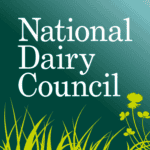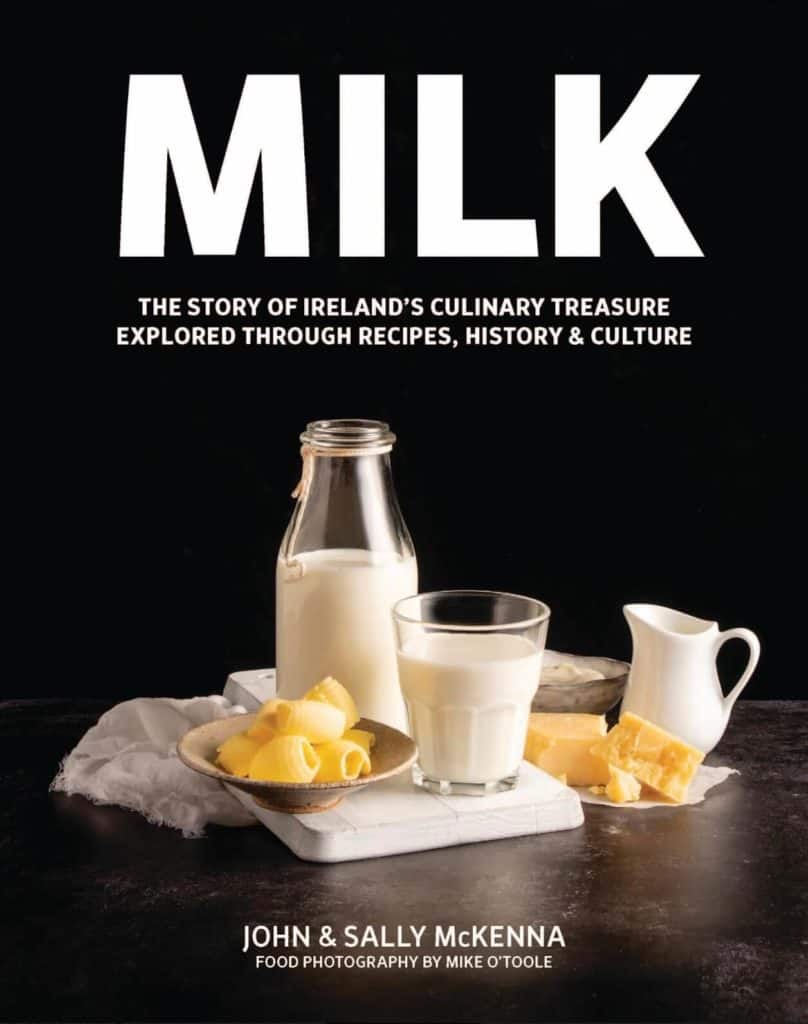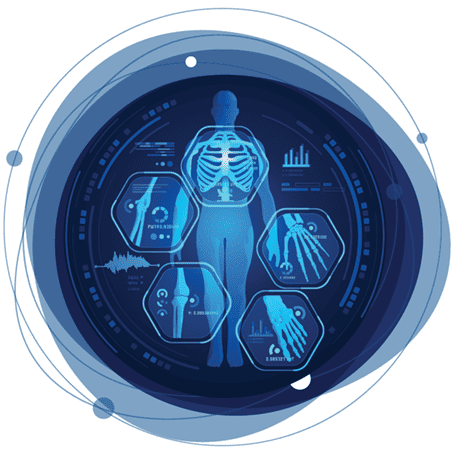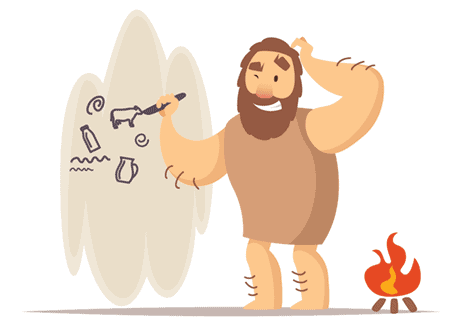Using cow’s milk as a food source beyond weaning is another beneficial practice that humans discovered as we evolved. It resulted in a change in human gene expression that enabled milk drinkers to continue producing the enzyme, lactase, to digest milk. The gene to produce lactase is generally ‘deactivated’ in mammals shortly after weaning when they stop consuming their mother’s milk and advance to a mixed diet. However, this genetic adaptation known as ‘natural selection’ occurred, enabling the gene to stay ‘activated’. This trait is seen in parts of the world where dairy farming evolved
Scientists suggest that it was a survival advantage to be able to continue digesting milk for its rich nutrient content. Individuals without this genetic trait (often referred to as ‘lactose intolerance’) can still digest smaller amounts of dairy foods and there is a wealth of research which suggests that dairy is a valuable addition to the diet across the life stages.





